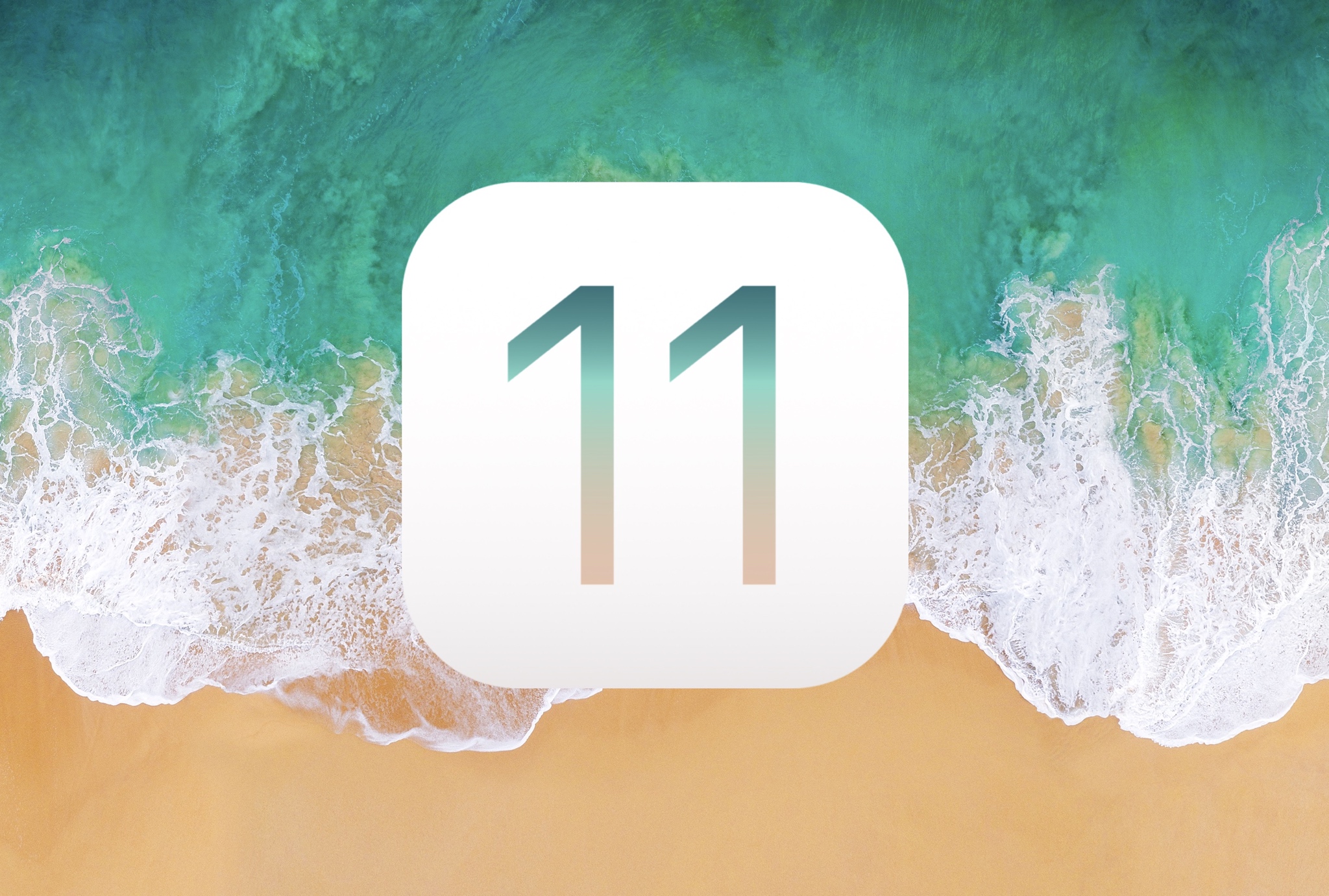IOS and macOS localization issues

Any successful company engaged in the development of products aimed at the mass user, sooner or later faces the problem of their localization. By it I understand a much more difficult task than the banal translation of program interfaces into another language. Indeed, real localization should take into account the maximum possible range of features that affect the user experience in a particular country.
Unfortunately, Apple with localization has real problems . In this article I want to consider a number of examples on which the insufficiently high-quality approach of the company to adapt iOS and macOS to a Russian user becomes apparent. I would even say, in places frankly disregard.
This is my first publication on Habré, I hope you enjoy it.
"Hi Siri"

Only the laziest did not complain about Siri’s voice activation command in iOS.
In the original, that is, in English, Apple uses the phrase “Hey Siri” for this, which translates as “Hey Siri” and does not cause any complaints.
Hey Siri, what is the weather like?
Hey Siri, another question, how many rubles are a thousand dollars?
But in the case of Russian localization, unknown bright minds decided that “hey” doesn’t sound polite enough, so we’d better say hello to the voice assistant every time you call, even if we do it twenty times a minute.
Hi Siri, what is the weather like?
Hi Siri, another question, how many rubles are a thousand dollars?
From the outside, such a dialogue looks silly. But much worse is the fact that the team chosen by Apple for the Russian language breaks up the whole idea of a voice assistant on a concrete wall, which should be as close as possible to a living personal assistant. After all, we don’t greet a person every time during the day when we want to ask him something.
Russian keyboard layout on Mac

How to put a period or comma? For a user of an ordinary PC or an English-speaking person, such a question may seem silly. Press the appropriate key, and you're done.
On a Mac, this is not the case. The point is set using the combination “Shift + 7”, and the comma is “Shift + 6”, but the free key next to the right Shift enters “/” or “?”. To call such a decision admissible language does not turn. In Russian, periods and commas are put constantly, and the user is forced to stretch with two hands to these completely uncomfortable shortcuts every half-entered words.
The only relatively simple solution to the problem is to open the macOS system settings and replace the Russian layout with Apple designed for PC, however, in this case, half of the characters displayed on the physical keyboard of the computer will no longer coincide with their actual location.
Switch keyboard layouts on Mac

Changing the current input language using "Alt + Shift" or "CTRL + Shift" is still not convenient. The keys are often quite small, and to press them you have to bend your fingers in an unnatural way. Hence the eternal problem of Windows users with the fact that they seemed to switch the layout, wrote a bunch of text, and then it turned out that it turned out only a hated gibberish.
In the case of macOS, this historically has been an extremely convenient combination of "⌘ + Space". The keys are large, conveniently located for the hand, pressing always works reinforced concrete. However, in updating the system to El Capitan (10.11), Apple suddenly decided to swap shortcuts to switch keyboard layouts and open Spotlight search, that is, now the input language is changed through "Control + Space".
From the point of view of English-speaking users, who are undoubtedly Apple employees and management, this is a great solution. The layout in the system is usually the same - English, but many use the search often.
However, for people from all non-English-speaking countries of the world, this is a real mockery. Anyway, switching layouts through “Control + Space” is even worse than the method implemented in Windows. After all, the Control key on Apple keyboards is not only relatively small, but also located relative to the space so that you can apply the desired combination of keys only in an unknown way by stretching your fingers.
Fortunately, the problem is easily fixed through the system settings. But is this a normal decision worthy of justification?
IPad keyboard issues on iOS 11

With the latest major iOS update, a wonderful feature for quickly typing punctuation with swipes on the keys of the iPad software keyboard was introduced, but sadness was expected with the Russian language.
How can I enter a question mark or exclamation point from such a keyboard? No way. But without problems, the number, ruble, asterisk, underscore, grill and others are available.

Someone can say that this, of course, is unsuccessful, but you can switch to typing characters in the old fashioned way. There it was. Even here they are accessible only by swipe.
But with a simple and easy tap you can enter an ampersand, as well as our favorite number, ruble, asterisk, underscore, grill and others.

Finally, I’ll just mention a usability problem that’s not related to localizations. Apple taught us to switch shortcuts, but on the physical Smart Keyboard for iPad Pro I made a separate key for this. And no matter how I try, constantly instead of clicking on it, I automatically press the key combination from macOS, after which I only get disappointed.
LTE vs Wi-Fi in 2017

I don’t know exactly how in the West, but in Russia there are a lot of problems with Wi-Fi. Public networks are relatively rare, require authorization, work slowly, and often restrict access to half of the resources on the network. But mobile Internet and LTE in particular have spread quite widely and are relatively inexpensive.
But no matter how I would like, in 2017 I can’t install an application with a capacity of more than 100 megabytes on my iPhone or iPad on a mobile network. Though you crack. Why, why? Why not give the user the opportunity to make their own decisions? Apple is silent.
Here we have the fact that the company, when adapting macOS and iOS to Russian realities, is not interested in user feedback. Indeed, countless times have already complained about domestic resources on this subject.
Conclusion
It is possible that I exaggerate the scale of certain shortcomings. But Apple at every step says that its products are perfect to the smallest detail. And the spirit of Steve Jobs, of course, should not turn a blind eye to this. So there are problems, and this is a fact.
The moral of this fable is this, when creating quality products oriented to the international market, remember that simply translating the interfaces into another language does not at all mean proper adaptation for representatives of other cultures, languages and countries.
